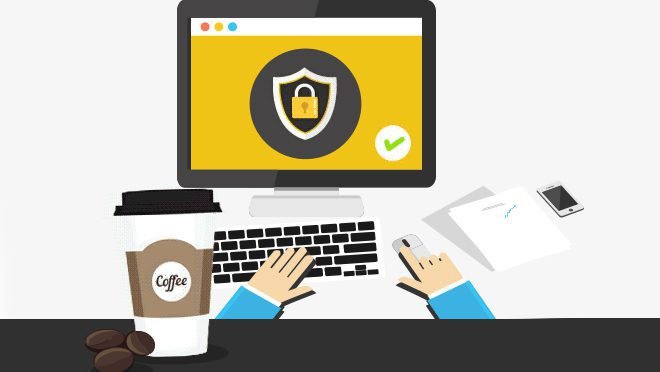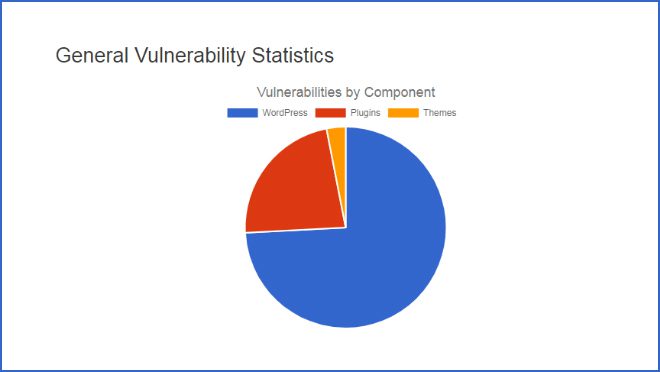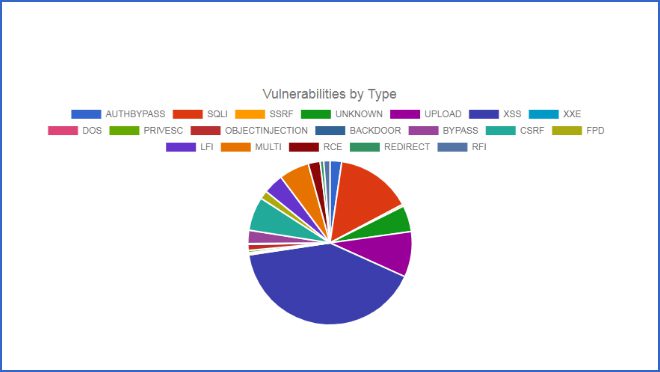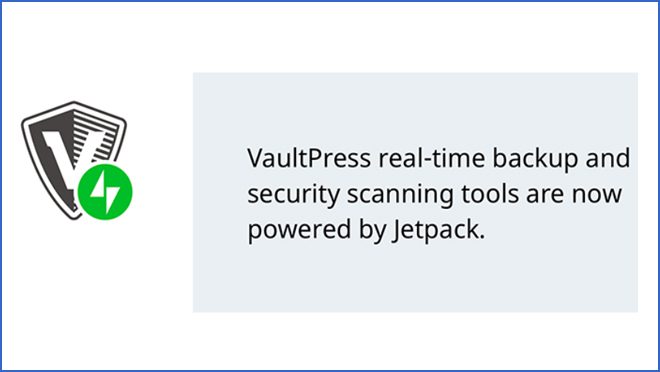So, you’re running a WordPress website and want to have a security-proof solution to your online business.
It’s hard, right?
To make it easy for you to manage your website efficiently with bullet-proof security, we decided to write a comprehensive post on WordPress website security.
There are more than 1 billion websites on the internet, and this number is increasing every day. WordPress is a fantastic platform to build simple and sophisticated websites for small, medium, and large businesses worldwide.
Hackers attack websites of every type – big and small. More than 30, 000 sites get hacked every day, and you’ll be amazed to see that more than 60% of them come from weak websites.
A website is the heart of any online business, and by putting its security at risk, you invite hackers to give you a heart attack.

WordPress is secure, but the fact is, hackers, target all websites and no one is immune. The WordPress core software is very reliable, which is audited regularly by hundreds of developers, but there is much that you can do to improve your website security.


Let’s understand first the different ways how hackers compromise websites. The different types of attacks include brute force login attempts, SPAM commenting, SQL Injection (SQLI), Cross-site Scripting (XSS), File Upload, Open Redirect, Phishing (Identity Theft), Malware, Vulnerability Old Versions and Plugins.


You need to take care of your website security by following best practices to create a secure WordPress website.
Table of Contents
WordPress Security Best Practices
Hackers always look for the quickest way to hack the information from your site. A WordPress website with security holes can be easily targeted, so you need to follow the best security practices to make your website safe and secure.
Following are the best WordPress security practices to help secure your WordPress site.
Keep WordPress and Plugins Up to Date
Make a habit to keep your WordPress version up-to-date as well as all your plugins and themes. Hackers generally target an older version of plugins and themes. If you’re not updating your WordPress themes and plugins on a regular basis, you’ll open yourself up to a lot of vulnerabilities.
Update the latest version of WordPress from wordpress.org. Similarly, you can update all your plugins and themes to the latest versions.
Backup Your Website
Always back up your website!
Taking your website backup is the first and foremost step you need to implement to make your website data safe.
We recommend taking backup of your website so that you can easily roll back if your site is attacked. We also recommend running backups before you update your WordPress themes, plugins, and the WordPress core.


However, you can take help from the following backup plugins for the backup of your WordPress site and data.
- VaultPress
- BackWPup
- BlogVault
Use a Security Plugin
Use a WordPress security plugin to lock down your site against brute attacks and other vulnerabilities. WordPress offers security plugins to protect your website from brute-force attacks and detects other hacking threats.
You can choose from the best WordPress security plugins to protect your site:
- Wordfence
- Sucuri Security
- iThemes Security
- All In One WP Security and Firewall
These plugins can be easily installed on your WordPress site with one click. Install the best-suited security plugin and make your website secure for all.


Wordfence is the most downloaded security plugin for WordPress, and it is our favorite choice to make a website secure from hacking activities.
The biggest security threats to a website are viruses- worms and trojan horses can easily enter your site and steal critical information about your business. This data can cost you a dime. So, make sure to have the best security plugin by your side to run a hassle-free business.
Database security
Check for permissions on your file and it is advised to use a different table prefix to harden the safety of your WordPress database. By default, WordPress uses wp_, and you can change this to something like x3pxs which will be much harder for guessing by the intruder.
If you have already installed WordPress, then you can take the help of any WordPress security plugins mentioned above to change your database name.
Use Two-Factor Authentication
Install two-factor authentication on your WordPress install to prevent someone from getting access to your website without authenticating his identity.
We highly recommend the free Google Authenticator plugin. The plugin is free for an unlimited number of users. You just need to install the plugin and click on the user account. Create a secret key or set up two-factor authentication by scanning the QR code.
Make sure to mark the plugin “Active,” and you’ll have an additional option for your Google Authenticator code.
SSL Certificate
Update your WordPress website with SSL (Secure Sockets Layer) certificate.
If your WordPress website is still using HTTP, then it’s time to shift to the secure HTTPS connection. The reason is simple, if you’re running over an HTTP connection and not the HTTPS connection, your username and password are sent in clear text over the internet.
This can be the biggest loophole in your website security, and anyone can get access to your website. To make your website a safe and secure place you need to shift to the HTTPS domain.
Limit Login Attempts
You can limit the number of login attempts to prevent brute force attacks on your website. if somebody tries to get access to your website by using variations of common passwords. The person can get in if he tries with unlimited attempts. You can limit login attempts to your site to minimum efforts in a certain time frame such as ‘3 logins in 10 minutes. This is good enough to slow down and restrict some bots.
Also, you need to hide or remove your current version from your WordPress and hide it from public display. It is very easy to find your WordPress current version and they can tailor-build the attack. Hide your current version by using any of the security plugins mentioned earlier in the post.
Don’t forget to use a smart Username and Password as more than 8% of WordPress sites gets hacked due to week passwords. Always use a different combination of numerical and binary numbers with some special characters to create a complex and strong password.
These are the best security practices to make a WordPress website secure and safe. Also, you can implement these things manually or can get in touch with a professional web development agency.
Let’s start implementing these practices to your website secure from hackers.




